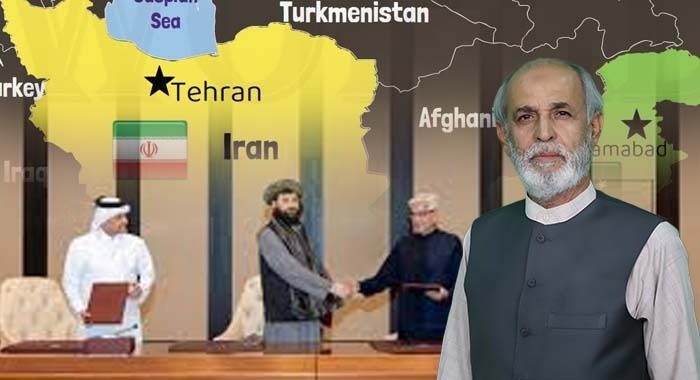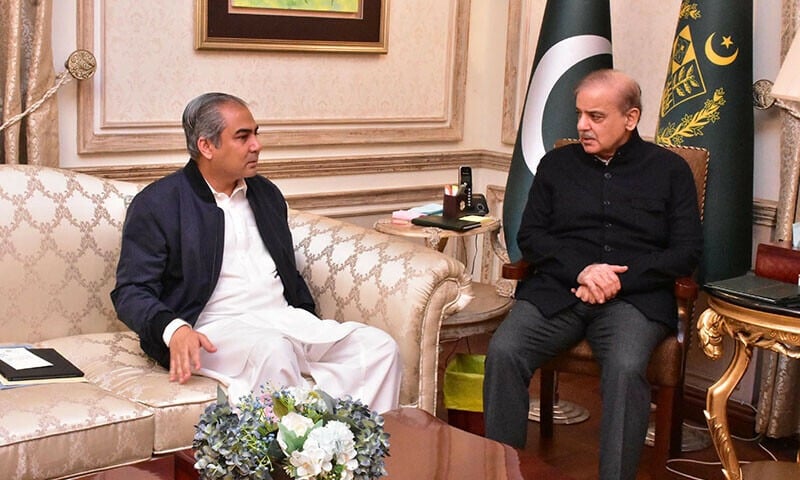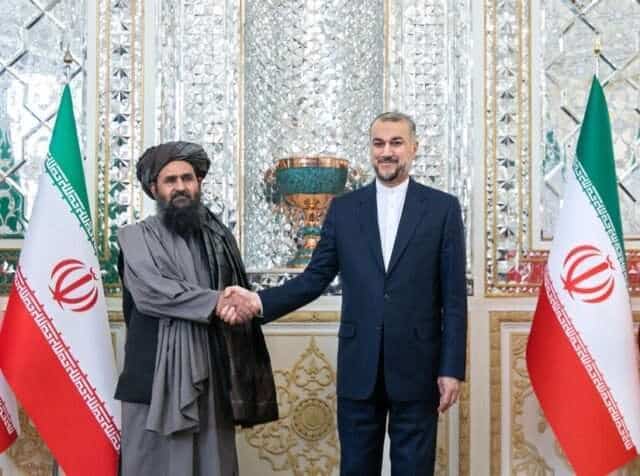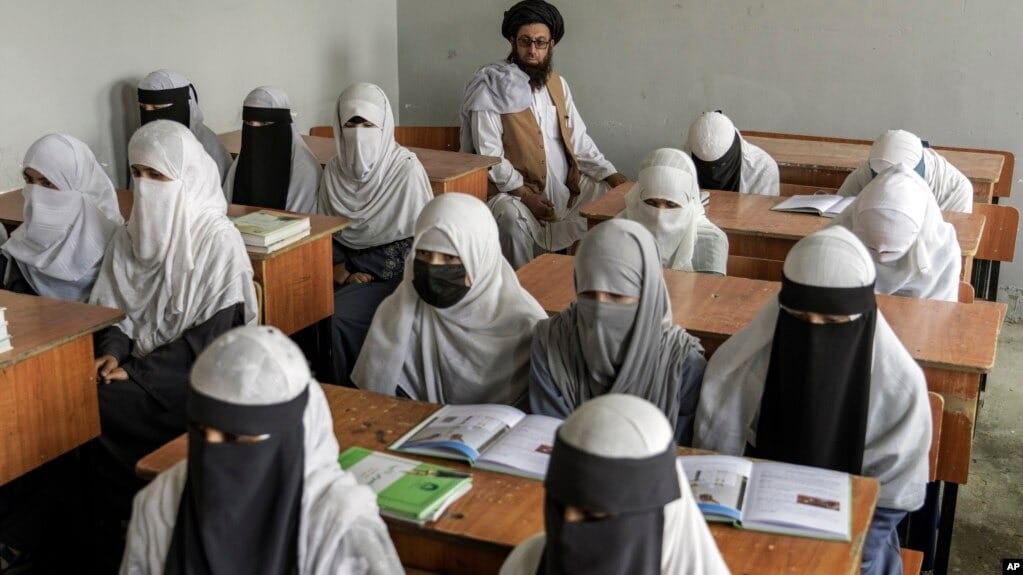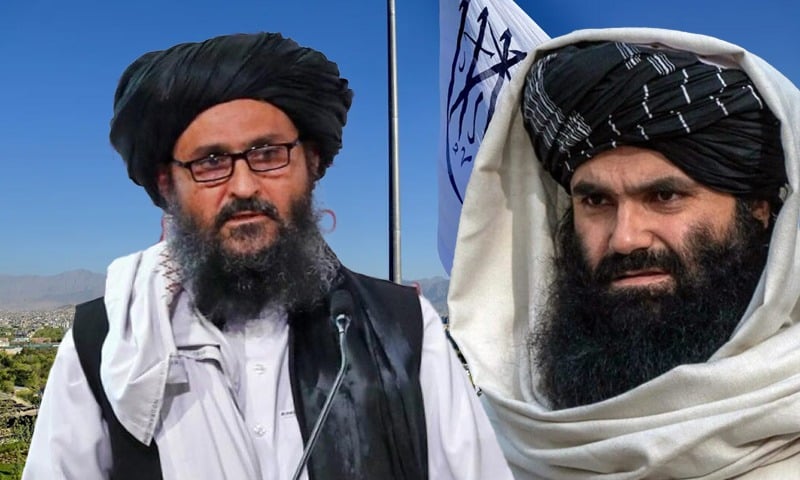(Shamim Shahid)
A significant development has emerged in the Pakistan-Afghanistan relationship, as Iran joins Doha and Istanbul as a key third-party mediator. This new dimension comes at a time when recent negotiations in Turkey ended in a deadlock, signaling both the complexity and urgency of the situation. Turkey has already indicated its willingness to resume talks, underscoring the determination of regional actors to prevent escalating tensions and foster stability along one of South Asia’s most sensitive borders.
The economic stakes of stalled diplomacy are enormous. The tightening of the Pak-Afghan border and the imposition of trade restrictions have already caused losses amounting to millions of dollars. Cross-border trade, including essential commodities such as grapes, tomatoes, poultry, and other goods, has been severely disrupted, affecting both merchants and government revenue. Closure of key points like Torkham and Chaman not only harms the livelihoods of traders but also creates wider economic ripple effects, undermining stability in the region. Experts warn that if the borders remain closed, the cumulative losses could run into crores of rupees, making diplomacy not just a political necessity but an economic imperative.
Iran’s involvement, alongside Turkey and China’s facilitation, reflects a shared regional interest in preventing conflict between Pakistan and Afghanistan. Historically, third-party mediation has played a crucial role in bridging gaps. In 2013, early negotiations facilitated by Iran and Turkey helped manage clashes and reduce tensions. Yet, the November 6 talks in Istanbul failed, primarily due to the Afghan Taliban’s reluctance to act against the Tehrik-i-Taliban Pakistan (TTP) and their insistence on controlling cross-border issues at the Iran-Afghan border instead of cooperating fully with Pakistan.
The Taliban’s dual power structure adds a further layer of complexity. While political authority rests in Kabul with the prime minister and key ministers, Kandahar hosts influential religious leaders whose guidance is central to decision-making. Any diplomatic effort, therefore, requires careful navigation of both political and religious hierarchies. Without recognition of this internal structure, agreements are unlikely to be implemented effectively, making third-party mediation crucial.
Despite these challenges, there are pathways to success. Drawing parallels from the India-Pakistan relationship, experts note that cooperation and trade can continue even amidst disputes. Similarly, Pakistan and Afghanistan can compartmentalize operational security concerns from broader diplomatic engagement. If both sides can achieve this balance, bilateral trade can resume, borders can reopen, and regional stability can be reinforced—delivering tangible benefits to both nations.
At the provincial level, the role of Khyber Pakhtunkhwa is pivotal. Provincial authorities must align with national diplomatic strategies, support multilateral talks, and avoid unilateral measures that could undermine negotiations. Coordination between, provincial authorities, and the federal government is essential; without it, talks risk stalling, and economic losses will continue to mount. Trust, cooperation, and adherence to the terms negotiated by diplomats are vital to turning these negotiations into lasting solutions.
Operational tensions underscore the delicate balance between security and diplomacy. Any unilateral military action without coordination could worsen the situation, while a united political and administrative front could restore confidence, build trust, and allow diplomacy to succeed. This requires patience, strategic thinking, and a recognition that peace and economic prosperity are mutually reinforcing goals.
Iran’s entry as a mediator is a game-changer. Its involvement, along with Turkey and China, elevates the stakes and adds weight to efforts aimed at de-escalation. Pakistan and Afghanistan now have a historic opportunity to resolve lingering disputes, restore cross-border trade, and create conditions for long-term peace. Success will depend on disciplined coordination, trust in diplomacy, and a shared commitment to negotiation over unilateral action. Failure, on the other hand, risks prolonged economic losses, renewed tension, and instability in a region already vulnerable to extremism and insecurity.
In conclusion, the current moment represents a critical crossroads for Pakistan and Afghanistan. With Iran stepping into the diplomatic arena, there is renewed hope for resolving disputes, reviving trade, and stabilizing the region. The challenge lies in bridging political divides, navigating the Taliban’s dual leadership structure, and ensuring cooperation between national and provincial authorities. If diplomacy is trusted and coordinated effectively, this could mark the beginning of a new chapter in Pakistan-Afghanistan relations one defined not by conflict, but by cooperation, economic recovery, and regional stability.

